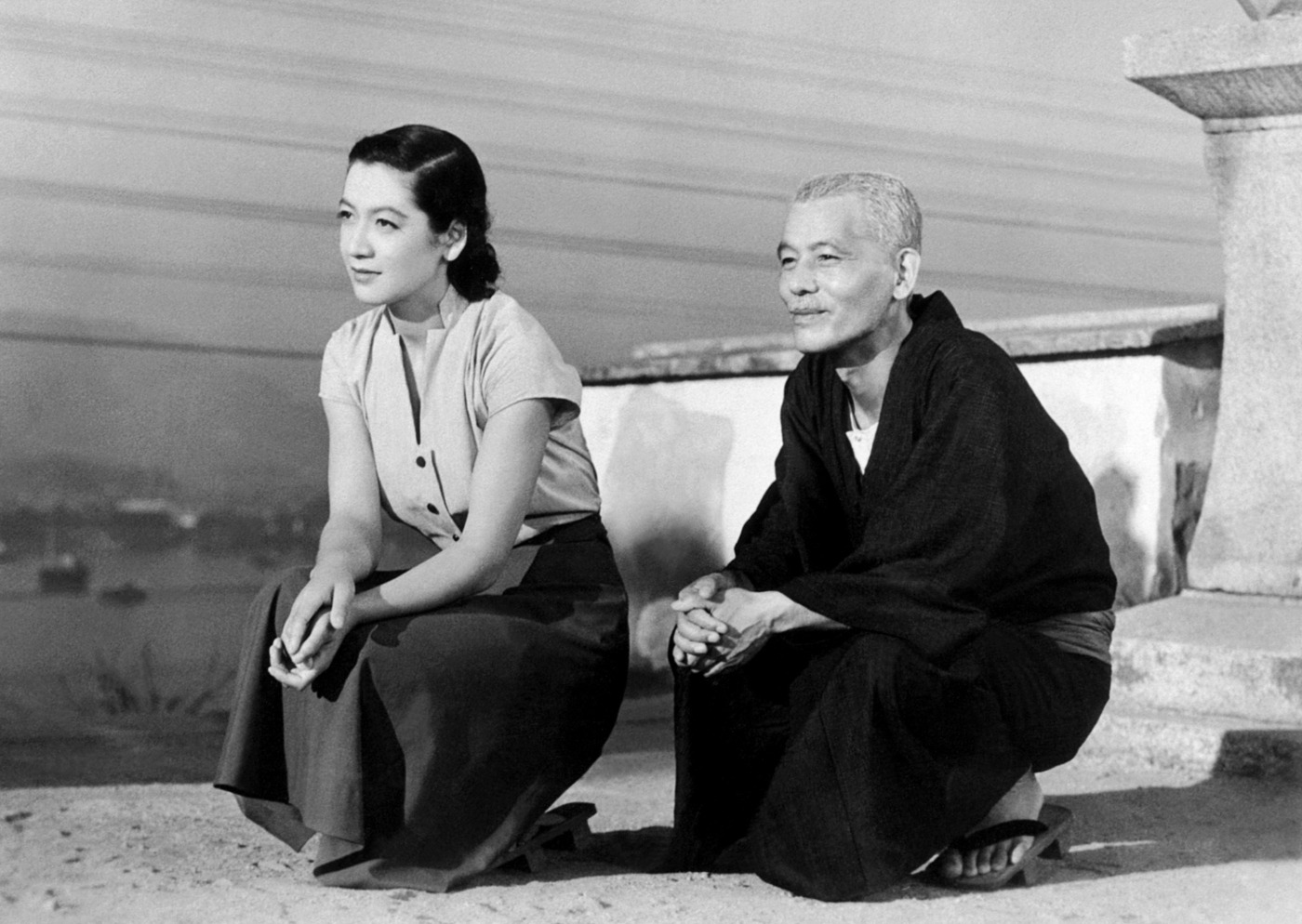‘Tokyo Story’ is a masterpiece that stands the test of time
Released in 1953 and recently screened at Warwick Student Cinema, Tokyo Story is widely regarded as one of the greatest films ever made. In the film, a retired couple travels to Tokyo to visit their children and their widowed daughter-in-law, Noriko. However, their children are so busy that they do not spend much time with their parents. Even when their mother passes away, they complain that she dies at their busiest time, and leave their home right after the funeral. Only Noriko sacrifices her time and whole-heartedly takes care of the couple.
None of us can escape from the old folks’ emptiness when they sit on the seashore without their children’s company
Although it simply portrays everyday parent-child interactions, it is deeply engaging. In terms of cinematography, most of the shots were taken with a low camera angle and without much movement. They create the sense that the audience are sitting in front of the characters, witnessing and even involving themselves in the character’s lives. The distance between the characters and audience is thus shortened. Another signature of director Yasujirō Ozu, the pillow shot, also plays a crucial role. There are many long framed shots of the surroundings. They not only help the audience better understand the landscape of post-war Japan, but also create silent moments for us to feel the characters’ emotion. None of us can escape from the old folks’ emptiness when they sit on the seashore without their children’s company, or from the misery of all the children leaving their dad alone when the train moves quickly on the railway.
Furthermore, it beautifully captures post-war Japanese society. Throughout the late 1940s to 1950s, Japan gradually recovered from the disruption of World War Two. Ozu focuses on the rapid expansion of the national railway network. On one hand, it connected people from different parts of Japan and reduced distance between them. On the other hand, it encouraged the young generation to leave their hometown and go to Tokyo for better career opportunities. As the old mum says, they are so close to their children because they can travel to Tokyo in just one day, but they are also so far away that the children need not visit them when anything happens. Under modernisation, parents and children were both brought closer and torn apart.
On the train back to their hometown, the old couple says calmly with a smile, ‘our children used to be kind. They have changed now.’ Despite being disappointed by their children’s indifference, the old couple never grumbles or blames them. This is not due to the boundless parental love that they feel for their children. Instead, it is a result of the Japanese culture of suppressing one’s feelings and not bringing trouble to others. It is not calmness, but a sense of hopelessness.
Their outer calmness and inner misery create a strong contrast that is more effective in breaking the audience’s heart than tears or a fierce quarrel
Their children are no longer toddlers relying on parents. They are all independent adults who have their own families and careers. Therefore, the old parents have no right to interfere with their lives. Although the parents have sacrificed everything to raise their children, they have to accept the fact that the children will leave one day. Their outer calmness and inner misery create a strong contrast that is more effective in breaking the audience’s heart than tears or a fierce quarrel.
After over six decades, Tokyo Story has not yet become outdated. Nowadays, there are countless new technologies and innovations that change our way of communication everyday. Whether technology brings us closer together or further away has become an endless discussion. Besides this, the growing emphasis on individualism challenges traditional family values and worsens the problem of elderly loneliness around the globe. Without excessive sound and visual effects, Tokyo Story tenderly yet powerfully reveals the cruelty of life and the fragility of interpersonal bonds. It is definitely a masterpiece that can withstand the test of time.

Comments